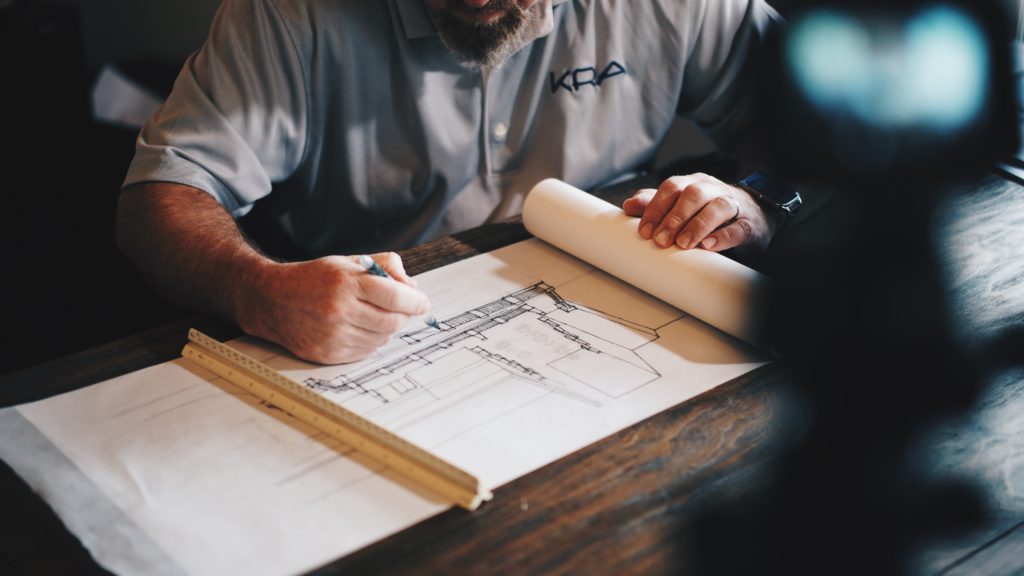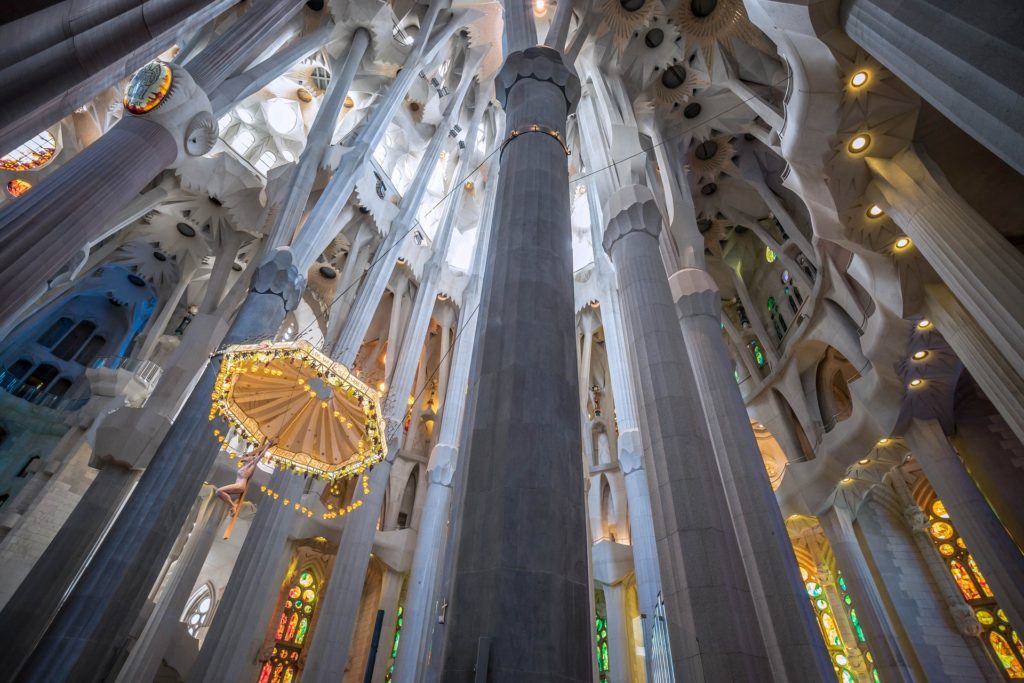What do Zaha Hadid, Peter Zumthor, Jørn Utzon, Sir Norman Foster, and Renzo Piano have in common? They were all laureates of the most coveted Architecture Award—The Pritzker Prize. The purpose of the award is to honor a living architect or a group of architects whose built work demonstrates a combination of talent, vision, and commitment which has produced consistent and significant contributions to humanity and the built environment through the art of architecture. For me the Pritzker Prize is more than just an award, it sets a standard for architects and aspiring architects to design for the human person.

To be able to attain this kind of standard, what does the architect need to offer?
In a 1980 Pritzker Prize Laureate acceptance speech by Luis Barragan, he mentioned that, “It is alarming that publications devoted to architecture have banished from their pages the words Beauty, Inspiration, Magic, Spellbound, Enchantment, as well as the concepts of Serenity, Silence, Intimacy, and Amazement”. But he also mentioned that “Human life deprived of beauty is not worthy of being called so.”
I think everyone deserves to feel beauty.
Architecture was introduced to me as a profession of rules and followed principles such as “Less is more” or “Form ever follows function”. It is also a profession which requires organizing skills and follows a certain process for you to be able to determine the right spaces for a particular function. How can you say that the building is beautiful? Rather, in architectural terms, aesthetically pleasing? The beauty of the building is often subject to how it looks and beauty is subject to a very long debate. What most people lack in understanding architecture is that: Architecture is more than just the facade.
Every Architect is and should be equipped with the conviction that the human person is at the core of their profession. Architects must design for the people, by the people. Before immortalizing any projects in mind, the design process starts with defining what the problem is first then collect any information and data that will help the project. The purpose of the design process is to look for architectural solutions to the problems in order for the users to live according to their preference of comfortability.
Aside from being a part of the daily lives of people, architecture is so much more than that. It has the power to convey a message and resonate with emotions. Buildings are not simply visual objects without any connections to concepts. There is eloquence of architecture, in other words: Buildings speak—they speak about democracy or aristocracy, openness and arrogance, mirroring the past or predicting the future.

If you ask me, the most powerful building that successfully exudes a vivid message is the Basilica de la Sagrada Familia in Barcelona, Spain by Antoni Gaudi. The Basilica is still under construction for over a century now and is expected to be finished by 2026. Sagrada Familia effectively narrates the life of Jesus Christ in its purest form, through the distinct art styles and intricate symbolisms of the architect. The basilica was built to resemble nature. It actually feels like a forest with the natural arches and large pillars tracing the aisle and nave inside the basilica with the baldachin and cross of Christ in the main altar suspended in the air. It has glorious rose and stained glass windows that were arranged in order to achieve symphony of light and color according to its purpose. Sagrada Familia also serves as a living link between the past, the present, and the future, letting us understand how history defined society and how the future will inherit its tale while living its grandeur.
To incorporate and achieve beauty in architecture is simply not by just looking into it but rather feeling it. Architects should design for the higher tier definition of beauty—to let the human person feel peace, serenity, tranquility, and happiness. Similarly, architecture can also strike us with an appalling sense not because they violate our visual preference and our subjectivity to beauty but because they conflict with our understanding of the right sense of existence. The architect may design an architectural wonder in the concept of the principles he or she follows but at what amount will it take if it causes harm to the core of his or her profession?

One example is the Walt Disney Concert Hall in Los Angeles, California. It’s considered to be an architectural masterpiece and a modern marvel with its sculptural design. The exterior is made of 12,500 pieces of steel with no two equal parts as each piece takes a unique form to encapsulate the concert hall looking like silver sails. It is also forging a connection of echoing music inside-out through its sailing forms. However, this particular building was reported to cause hotspots measured up to 60°C (140F) around its community because of its head to toe clad of stainless steel. Local people complained they were having to raise their air conditioning up to maximum to cool things down. Although this particular issue was resolved, it was undeniably a flaw that all architects should take note of.
Architecture itself is telling us about the kind of life that we would most prefer and, at the same time, the life happening around it. How we define the community around us speaks about us and therefore, shapes us too. The integrity of practicing architecture is to make us think and understand our standpoint and perspective of the things we want to live by—rather than by how we want things to look.
As an aspiring architect, grasping the idea of my profession to address the needs of the people without compromising the sense of architecture is an insight that I’d like to cultivate. And whether you are an architect or not, to let people feel that the world they live in is one that respects their dignity is a challenge and a big task that we all should be willing to take.
[su_divider top=”no” size=”1″ margin=”10″]
Published on: November 25, 2019
Written by Vam Macabanti, a New York Marketing intern from the Philippines
WYA Members have the opportunity to undergo the Certified Training Program (CTP), a comprehensive training that teaches the value of the human person and his capacity for excellence through the lens of understanding human dignity. Dates for the 2020 CTP online batches are now available, sign up today!







